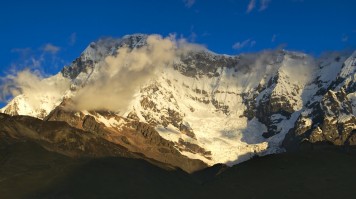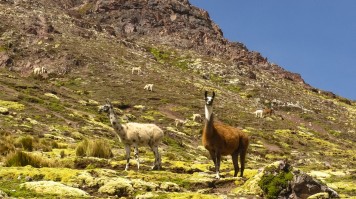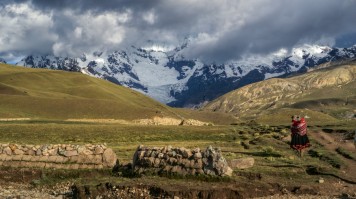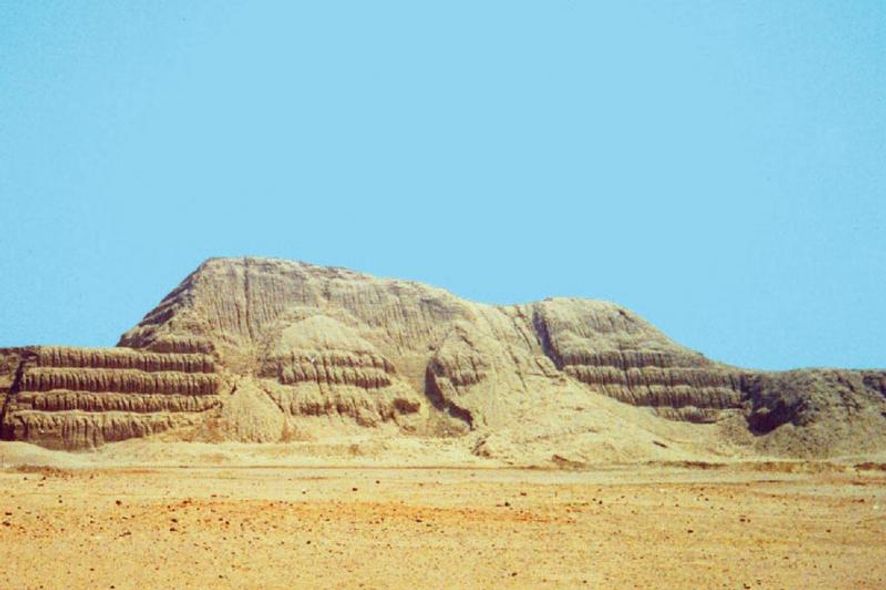Ausangate Trek: Adventure At High Altitude

- Angelo V
- From
- Angelo V
- From
- Zalina A
- From
- Yfat Y
- From
Overview
Ausangate trek is a particularly high-altitude trek, where most of the trail lies above 4,000 m. The trek generally starts and finishes at Tinki and follows a circuit around the Ausangate mountain (6,384 m). Although there are several possible variations in the route, trekkers spend around five days walking and cross at least two passes (the Palomani Pass and the Q’ampa Pass) of above 5,000 metres. The trek is tough but rewarding as trekkers can look forward to some astounding views of the high Andes along paths where few other tourists, if any, will be seen. Of course, views of the immense and foreboding Ausangate mountain itself is a particular highlight.
Highlights
- Remote trek with few other tourists
- Spectacular views from high altitudes especially while crossing two passes, the Palomani Pass (5,200 m) and the Q’ampa Pass (5,000 m)
- Splendid views of the Ausangate mountain (6,384 m)
- Authentic trekking experience in the remote Andes
Lowlights
- Very remote with minimal tourist-friendly facilities
- Proper acclimatization is needed

Ausangate Trek Facts
- Trek Difficulty: Very difficult. This is a particularly high-altitude trek and generally involves five or six days of walking through tough, mountainous terrain above 4,000m similar to the Huayhuash Circuit trek. At these altitudes the air is thinner, it is harder to breathe and easy to tire. It is not suitable for those not in good physical condition, and previous trekking experience is an advantage. This trek is certainly not ideal for beginners.
- Trek Duration: There are several variations but a standard itinerary is of 5 or 6 days. A shorter version could take 4 days (without going all the way around the mountain) and a longer version could last up to 7 days.
- Remoteness: Very remote following mountain trails where there is no vehicle access. The only settlements are small villages with minimal tourist infrastructure.
- Altitudes and Temperatures: Most of the trek is above 4,000 m and crosses three passes above 5,000 m - the highest of which is 5,200 m. In the mountains, the weather can change rapidly. At these altitudes, temperatures can reach lows of -15°C and below at night.
- Accommodation Type: Tents on campsites along the way but there are simple mountain huts along the route.
- Best Season: The dry season (April to October) when nights are cold but the paths are dry. The wet season (November to March) sees the trail muddy and wet, increasing the risk of slipping.
- Start / End Locations: Cusco - Tinki
- Permits Required: No permit is required for the trek.
- What to Take: Sun block, mosquito repellent, appropriate clothing for variable days and nights, and a four-season sleeping bag.




5D / 4N or 6D / 5N Ausangate Trek: Standard Itinerary
The Ausangate trek is a loop that starts and finishes at Tinki and follows a trail around Ausangate mountain. Many variations are possible but a 5 days or 6 days trek can be considered the ‘classic’ itinerary.
Day 1: Cusco – Tinki - Upis
The trail starts at Tinki (3,800m) from where participants hike to the hot springs and first campsite at Upis.
Day 2: Upis - Puqa Q’ocha / Jatun Puqa Q’ocha / Ausangate Q’ocha.
Follow the trail from Upis to a campsite at either Puqa Q’ocha, Jatun Puqa Q’ocha or Ausangate Q’ocha.
Day 3: Palomani Pass - Jampa or Chillcha
Follow the trail over the trek’s highest point, the Palomani Pass (5,200 m) and on to the night’s campsite. Some groups will stay in the village of Jampa while others camp at Chillca.
Day 4: Q’ampa Pass - Pacchanta
Cross the Q’ampa Pass (5,000 m), past Q’oma Q’ocha and on to Pacchanta. Here, it is also possible to stay in a simple hostel if preferred.
Day 5: Pacchanta - Tinki - Cusco
A short trek back to Tinki to meet the transport back to Cusco.
Ausangate Trek: Alternative Itineraries
Some tours camp at Q’oma Q’ocha on day 4, arrive at Pacchanta on day 5 and finish with the walk back to Tinki and drive to Cusco on day 6. Since this trek is a loop, it is possible to do it in either direction. A popular addition is a visit to the lake Sibina Q’ocha which requires one extra day. It is also possible to do the do the trail on horseback although for some steep sections it is necessary to dismount and lead the horses.

Safety Considerations on the Ausangate Trek
Altitude Sickness
Altitude sickness can be a problem above 2000 m - 2,500 m. Since most of the trail is above 4,000 m, travellers are at risk of suffering from altitude sickness while trekking. It is highly recommended to allow for at least 3 days of acclimatisation in Cusco.
Early symptoms of altitude sickness include nausea, vomiting, fatigue, headache and dizziness, and anyone displaying these symptoms should immediately descend to a lower altitude to recover. The traditional method for dealing with altitude sickness is chewing coca leaves or drinking coca tea. Although this may help alleviate the symptoms, it is no substitute for reducing altitude sickness.
Physical Fitness
The trail involves some steep sections and, combined with the effects of high altitude, this trek can prove particularly challenging. This means that it requires a good level of fitness and should not be attempted by anyone who is not in good physical condition. If you are not fit enough, you may struggle on the trail and you probably won’t enjoy the trek. If you get in trouble while in the mountains, there are no medical facilities available as well. For anyone planning to attempt this trek, it is best to prepare by attempting some easier hikes at lower altitude in the months leading up to the trek.
Other Challenging Alternatives
- The Huayhuash Trek
- The Salkantay Trek
- The Choquequirao Trek
For those who want to put themselves to the test with a tough and high-altitude trek, the Ausangate trek is a refreshing and highly rewarding option. Although it doesn’t finish at Machu Picchu, it can be combined with a tour of Machu Picchu at the end of the walk. If you are looking for more moderate treks other than the Inca trail then the Santa Cruz trek or the Lares trek might be for you.







